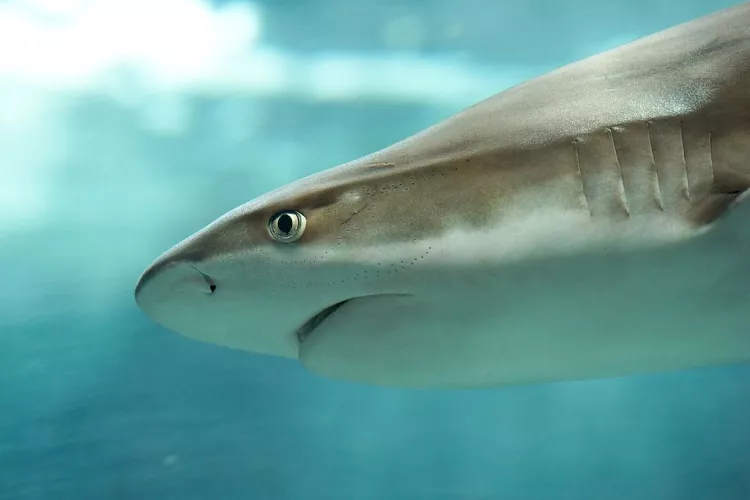Reef sharks travel far to give birth
According to new research, reef sharks at Western Australia’s Ningaloo Reef are largely homebodies but female blacktip reef sharks might be traversing long distances to give birth in the food-rich waters.
Near sanctuary zones at Mangrove Bay and Coral Bay, marine biologists tagged 83 reef sharks. They then tracked the sharks' movements in order to find out how much protection the marine park provides the sharks. Over a two-year period, the movements of blacktip reef sharks, grey reef sharks and sicklefin lemon sharks at Ningaloo Reef were examined.
According to Australian Institute of Marine Science scientist Dr Conrad Speed, reef sharks are essentially "homebodies", with most staying in a relatively small area of less than a square kilometre to over 20 squ km. However, the study revealed some female blacktip reef sharks made long migrations during the summer months, including one individual that swam 275km.
130-odd kilometres
"We had five female adult blacktips that we tagged initially in Coral Bay that swam between Coral Bay and Mangrove Bay," said Speed. "Each way it's about 130-odd kilometres, so it's quite a long distance for a shark that's only a metre and a half in length. What we think is happening is that the blacktips are likely moving from Coral Bay all the way to Mangrove Bay to give birth."
Juvenile sharks stay in lagoons and mangroves. Speed, who conducted the study as part of his doctoral research at Charles Darwin University, said mangroves make good nurseries for young sharks. "In our study [the juveniles] primarily stayed in the mangrove habitat and in the lagoon area, and that's because they don't need to range further to find more food," said Speed.
"Mangrove areas are very rich in food that's suitable for small sharks and they're offered a fair amount of protection in mangroves from larger animals. They also either need to find a mate or find an area that's suitable to give birth."
Acoustic transmitters were used as tags on the sharks. A series of underwater acoustic receivers set in different places along the reef picked up data transmitted from the tags. This type of receiver is similar to those the Fisheries Department employs to detect sharks in areas off the Perth and South West coastline. ■
- Log in to post comments
























